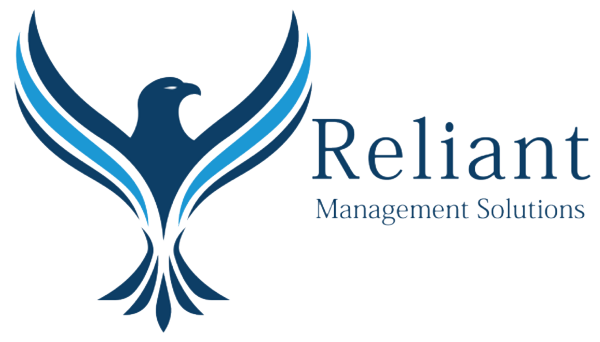Juggling multiple credit cards can be a financial balancing act. While credit cards offer convenience and rewards, mismanagement can lead to debt accumulation and financial stress. In this blog post, we’ll explore practical strategies to help you navigate the world of multiple credit cards and avoid falling into the debt trap.
1. Create a Comprehensive Budget:
The foundation of responsible credit card management starts with a well-crafted budget. List your sources of income and all monthly expenses, including debt repayments. A clear budget will help you allocate funds strategically, ensuring that you cover essential expenses and make timely credit card payments.
2. Know Your Credit Limits:
Understand the credit limits on each of your cards. Exceeding these limits can result in over-limit fees and negatively impact your credit score. Stay well below your credit limits to leave room for unexpected expenses and emergencies.
3. Prioritize High-Interest Debt:
If you carry balances on multiple cards, focus on paying off the one with the highest interest rate first. This approach, known as the debt avalanche method, minimizes the overall interest you’ll pay and accelerates your journey to becoming debt-free.
4. Set Up Automatic Payments:
Eliminate the risk of missing payments by setting up automatic payments for at least the minimum amount due on each card. This ensures that you meet your obligations on time, preventing late fees and safeguarding your credit score.
5. Consolidate Debt with Caution:
Debt consolidation can be a useful tool to streamline payments, but it requires careful consideration. If you opt for consolidation, choose a method that reduces overall interest and offers favorable terms. Be wary of transferring balances without a clear plan for repayment.
6. Use Credit Wisely:
Avoid using credit cards for impulse purchases or non-essential items. Reserve credit card usage for planned expenses and emergencies. Responsible credit utilization contributes to a positive credit history and minimizes the risk of accumulating unnecessary debt.
7. Regularly Review Statements:
Stay vigilant by reviewing your credit card statements regularly. Check for any unauthorized transactions, errors, or unusual charges. Timely identification of discrepancies allows you to address issues promptly and protect your financial well-being.
8. Consider a Cash-Only Period:
To regain control of your spending habits, consider implementing a cash-only period. This involves using physical cash for all transactions, excluding recurring bills. This method can provide a clearer perspective on your spending patterns and help break the cycle of credit card reliance.
9. Build an Emergency Fund:
Establishing an emergency fund acts as a financial safety net. Having savings set aside can prevent the need to rely on credit cards for unexpected expenses, reducing the risk of accumulating debt.
10. Monitor Your Credit Score:
Regularly check your credit score to stay informed about your financial health. A healthy credit score opens doors to favorable interest rates and financial opportunities, while also serving as an indicator of your overall credit management.
Conclusion:
Effectively managing multiple credit cards requires a combination of discipline, awareness, and strategic planning. By creating a comprehensive budget, prioritizing debt repayment, and using credit wisely, you can enjoy the benefits of multiple cards without succumbing to the pitfalls of debt. Remember, responsible credit management is a journey, and with careful consideration, you can navigate it successfully while maintaining your financial well-being.






Recent Comments